|
In our last article we discussed how important safety considerations were when doing home renovation and home construction projects. Do not hurt yourself while renovating or building your home. Safety tips. Accidents happen quickly and far to often, especially for the inexperienced builder, or someone not using the correct equipment, or when a home builder is tired, in a hurry, or trying to save money. No time or cost saving is worth the risk of a serious injury. In this article we look at more safety tips:
In the final part to this article we discuss some more tips on how you can avoid injuring yourself and others while renovating or building houses. Building and renovating your home safely - part 3 Learn more about renovating and building housesPaul Netscher has written 2 easy to read books 'An Introduction to Building and Renovating Houses - Volumes 1 and 2'. An Introduction to Building and Renovating Houses Volume 1 deals with Hiring Contractors, Managing Construction and Finishing Your Home. and Designing your ideal home Volume 2 deals with Finding Your Ideal Property and Designing Your Dream Home.
("Great for those that DIY. Very helpful in home renovations!" said a Reader on Amazon.com 5*****) These books are available from Amazon and other online bookstores in paper and ebook. © 2020 This article is not to be reproduced for commercial purposes without written permission from the author.
13 Comments
Construction is an inherently dangerous job. Unfortunately injuries caused by people carrying out do-it-yourself maintenance and renovation tasks at home are one of the leading causes of hospital admissions. An injury to yourself could, in the worst case, lead to death or permanent disability, but at the very least will lead to pain, inconvenience and additional costs. Some people are highly dependent on the full use of parts of their body, so consider how losing a finger or suffering a hand injury could impact a surgeon or a dentist (even if they lose the use of a finger or their hand for only a few days, the lost earnings could far outweigh the savings of doing the work themselves). How dependant is your job on your fingers, limbs or eyes? Important home renovation safety tips include:
In the next article I discuss more safety tips when renovating your home.Safety tips when renovating or building a house - part 2 and Building and renovating your home safely - part 3 You may find this article also useful when removing internal walls or cutting out openings in walls - do not bring your house down! Read this article Construction Accidents What to Do If There’s an Accident on Your Project? Want to learn more about designing, renovating and building houses?Paul Netscher has written 2 easy to read books 'An Introduction to Building and Renovating Houses - Volumes 1 and 2'. An Introduction to Building and Renovating Houses Volume 1 deals with Hiring Contractors, Managing Construction and Finishing Your Home. and Designing your ideal home Volume 2 deals with Finding Your Ideal Property and Designing Your Dream Home.
("Great for those that DIY. Very helpful in home renovations!" said a Reader on Amazon.com 5*****) These books are available from Amazon and other online bookstores in paper and ebook. © 2020 This article is not to be reproduced for commercial purposes without written permission from the author. Reinforcing steel comes in bars which are normally tied together to form a cage. The bars come in different grades or strengths and can be smooth or deformed (with small ridges). Sometimes the reinforcing is in a ready-made mesh which comes in standard sized sheets or rolls. Reinforcing gives concrete structures their strength and also prevents shrinkage cracking. Engineers design the reinforcing that goes in the structure. It’s important that the reinforcing is placed in the positions indicated on the reinforcing drawings, and that where the reinforcing (or mesh) joins it overlaps with the next bars. It’s obvious that the right size bars (or mesh), of the right grade and deformations is used, otherwise the structure could fail. Reinforced concrete is usually used in foundations and concrete slabs in houses, for 2nd floor slabs and balconies, and for concrete roofs. Reinforcing should not be too close to the bottom, sides or top surface of the concrete. Usually the reinforcing is designed to have a minimum cover (distance from the outside edge of the concrete) which could be 25, 30, 40, 50 millimetres (one to two inches). The cover often depends on the structure and the conditions the concrete will be exposed to. Harsh conditions near water, and especially sea water will require a bigger distance from the edge of the concrete so that the reinforcing is better protected. Reinforcing that’s too close to the edge of the concrete could mean that the concrete can’t get around and under the steel bars so the bars could be left exposed, which means that the reinforcing will corrode and also that it won’t do its job. Water also penetrates the first layers of concrete and steel close to the surface will rust. Rusted reinforcing expands, which then breaks the concrete around the steel. This is unsightly and weakens the structure. Rusting reinforcing also leaves ugly rust marks on exposed concrete. Unfortunately, sometimes reinforcing isn’t adequately supported and when the concrete is poured workers walk on the reinforcing squashing it deeper into the concrete and below where it should be. Reinforcing which isn’t where it should be in the concrete can result in a weakened structure and cracking on the surface. Always ensure mesh reinforcing layers are fixed correctly so that they stay in the right position, even after the concrete is poured. For reinforcing to be effective it should be clean, not contaminated with grease and oils and relatively free of rust so that the concrete sticks to it. When reinforcing is delivered to the site it should never be stacked immediately on the ground, but should rather be raised off the ground on timber poles. Reinforcing should be used as soon as possible after it’s delivered, certainly within a few weeks. Generally an engineer should inspect structures before concrete is poured to ensure that the correct reinforcing has been used and it’s fixed in the correct place. Sometimes engineers replace steel reinforcing bars with fibres, which could be steel or synthetic. The fibres are mixed into the concrete during the mixing stage. Learn more about renovating and building housesThis article is adapted from Paul Netscher's book 'An Introduction to Building and Renovating Houses; Vol 1'
Paul Netscher has written 2 easy to read books 'An Introduction to Building and Renovating Houses - Volumes 1 and 2'. An Introduction to Building and Renovating Houses Volume 1 deals with Hiring Contractors, Managing Construction and Finishing Your Home. and Designing your ideal home Volume 2 deals with Finding Your Ideal Property and Designing Your Dream Home. ("Great for those that DIY. Very helpful in home renovations!" said a Reader on Amazon.com 5*****) These books are available from Amazon and other online bookstores in paper and ebook. © 2020 This article is not to be reproduced for commercial purposes without written permission from the author. |
AuthorI’m a construction professional, author of several successful construction management books, and a home owner. I’ve made mistakes in construction management, I’ve seen others make mistakes, but importantly I’ve had multiple successful construction projects and I’ve learned from the mistakes. I want to share these lessons and my knowledge with you. Also available from:
Amazon Au, Amazon DE, Amazon ES, Amazon CA, Amazon IT, Amazon FR, Amazon NL, Amazon India and 'An Introduction to Building Houses - Volume 2 Finding Your Ideal Property and Designing Your Dream Home'
Archives
July 2024
CategoriesWe welcome genuine comments, especially comments that add additional information to the subject matter in the article. We however reserve the right to remove inappropriate comments, which includes comments that have nothing to do with the subject, comments that include inappropriate language, and comments that are an advertisement for a product or company, or which include an advertising link. Comments must be in English. We will not enter into discussion on why a particular comment was removed.
|
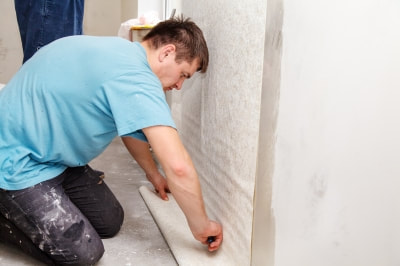
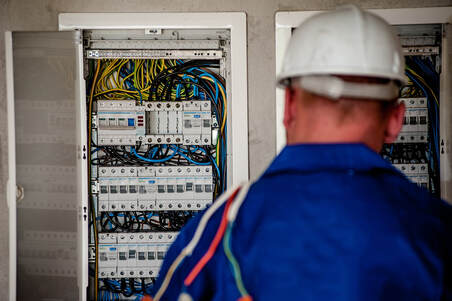
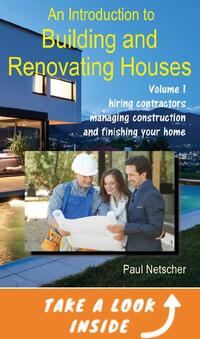

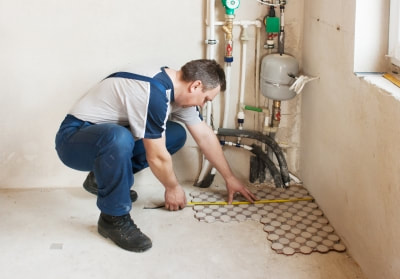
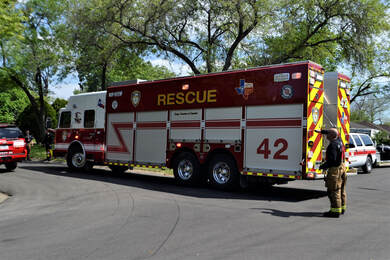
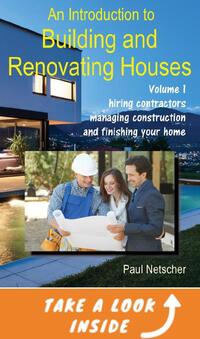

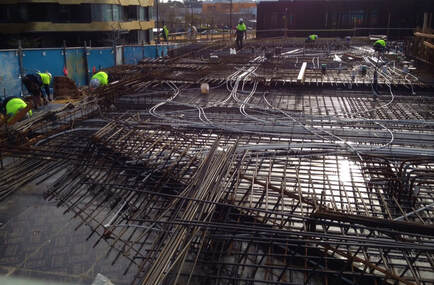
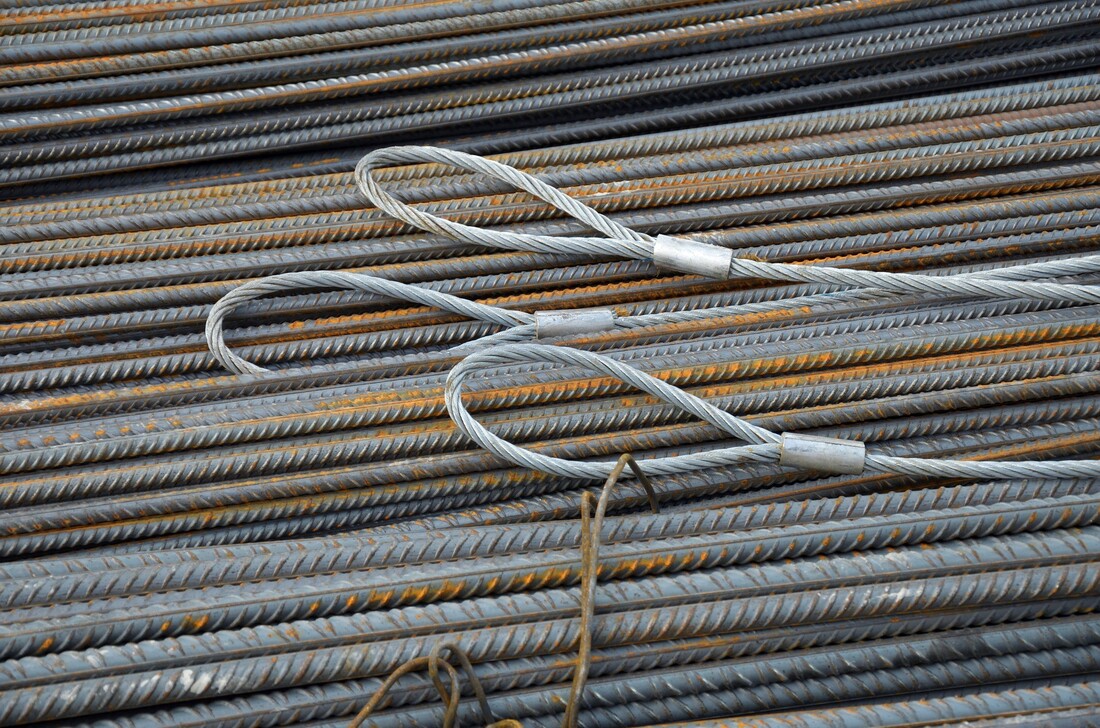
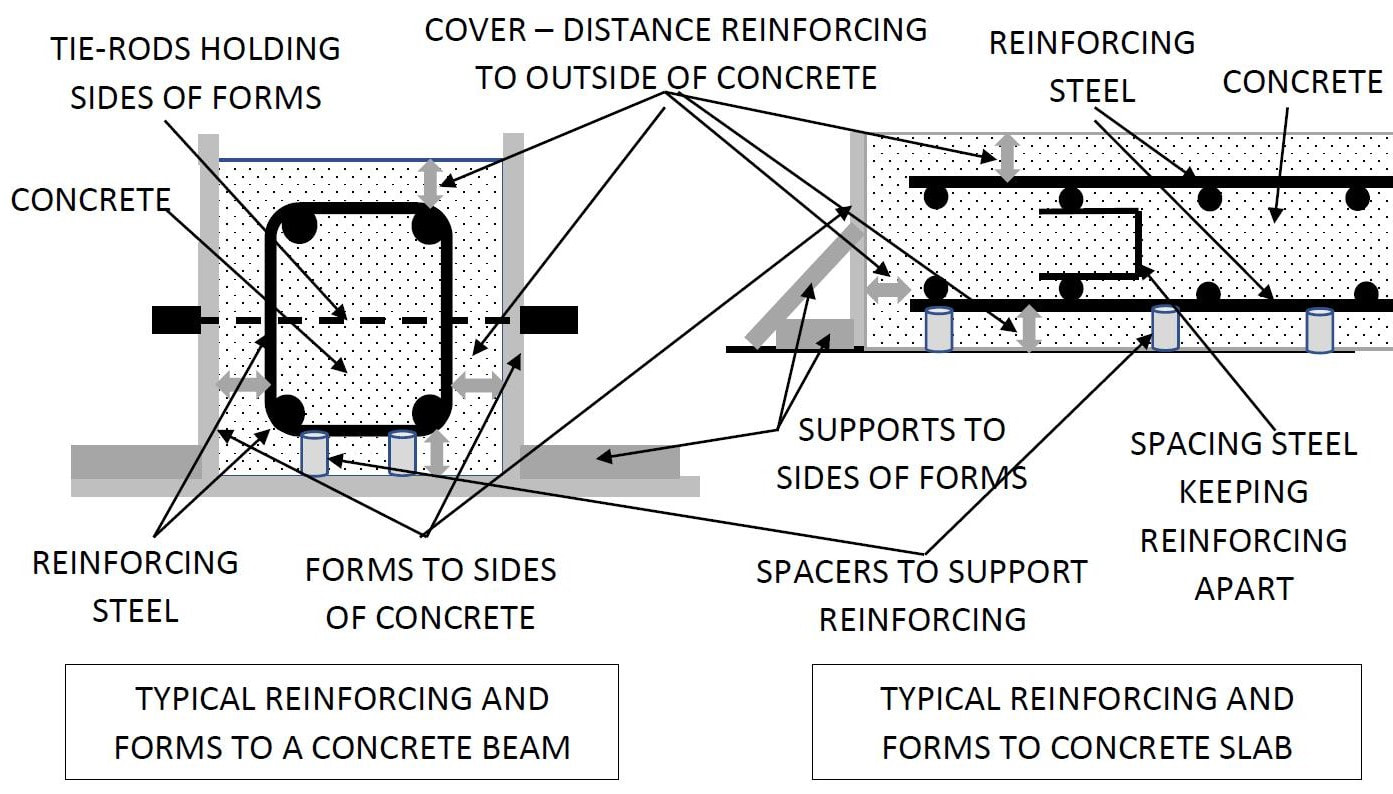
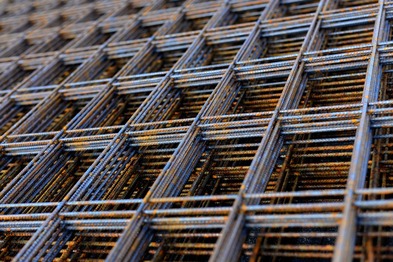



 RSS Feed
RSS Feed


